 The Insurance & Risk Management Knowledge Alliance has published a great article about children who no longer reside with their parents but still remain on their insurance policy. People wrongly assume they have coverage for their child who has moved out on their own while the parents hold the title and the child is listed on the parent's insurance. The problem arises because the parents are the named insureds on the policy (not the child). The child becomes what's known as a "former" family member.
The Insurance & Risk Management Knowledge Alliance has published a great article about children who no longer reside with their parents but still remain on their insurance policy. People wrongly assume they have coverage for their child who has moved out on their own while the parents hold the title and the child is listed on the parent's insurance. The problem arises because the parents are the named insureds on the policy (not the child). The child becomes what's known as a "former" family member.
A child who no longer resides with their parents does not receive the same coverage as a child that lives at home.
What is covered:
- Liability while driving the parent's "covered auto"
- Medical payments while occupying the parent's "covered auto"
- Uninsured/Underinsured Motorists while occupying the parent's "covered auto"
What isn't covered:
- Liability while in an auto other than the parent’s “covered auto”
- Medical Payments while in any auto other than the parent’s “covered auto”
- Medical Payments while a pedestrian
- Uninsured Motorists while in any auto other than the parent’s “covered auto”
- Uninsured Motorists while a pedestrian
These are important coverages to have. Solution: A personal auto policy with the child as the named insured and a non-owner coverage endorsement. Too technical? It's easy for an independent broker like R&R Insurance Services.
Also important to note: make sure that your child understands that they will need a renters policy to cover their belongings once they move out.
Wisconsin residents interested in a free insurance analysis for their personal insurance, please contact a knowledgebroker.






